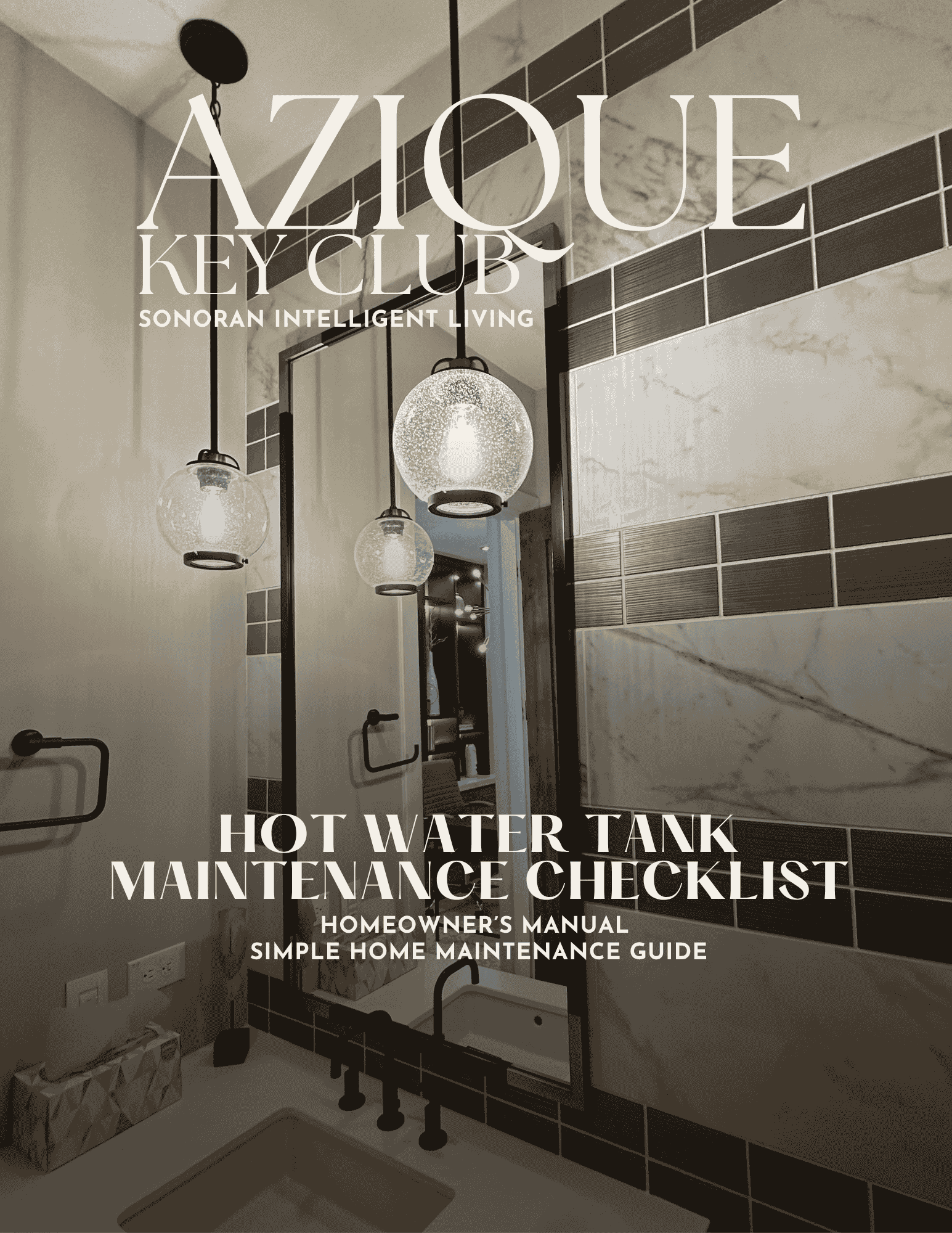
hot water tank maintenance checklist

A well-maintained hot water tank ensures efficiency, prolongs its lifespan, and prevents unexpected breakdowns. Regular maintenance and cleaning can also help prevent sediment buildup, water discoloration, and other issues that could affect performance. Here is a step-by-step guide to properly clean and maintain your hot water tank.
- Turn Off Power and Gas:
- Electric Hot Water Tank: Turn off the power supply at the circuit breaker.
- Gas Hot Water Tank: Turn off the gas valve leading to the tank to prevent any gas leakage.
- Allow the Tank to Cool:
- If the tank has been in use recently, give it time to cool before cleaning to avoid burns or accidents.
- Check for Leaks:
- Inspect around the base of the tank and the pipes for any visible leaks or signs of water damage. This will help you identify any serious issues early.
- Examine the Temperature and Pressure Relief Valve (T&P Valve):
- Ensure the T&P valve is functioning properly. It’s located on the side or top of the tank and is a critical safety feature. It should be able to release pressure if the tank overheats.
3.1 Drain the Tank:
- Turn Off the Water Supply:
- Shut off the cold water supply valve to the tank.
- Attach a Hose to the Drain Valve:
- Attach a garden hose to the tank’s drain valve, and position the other end of the hose in a floor drain or outside area.
- Open the Drain Valve:
- Open the drain valve, allowing the tank to empty. Be cautious, as the water may still be hot. Let the tank drain completely.
3.2 Flush the Tank:
- Turn On the Cold Water Supply for a Brief Moment:
- After the tank is drained, briefly turn on the cold water supply to flush out any remaining sediment at the bottom of the tank. Let the water flow until it runs clear.
- Close the Drain Valve:
- After flushing, close the drain valve securely to prevent any leaks.
- Locate the Anode Rod:
- The anode rod is usually located on the top of the tank. It’s typically a long metal rod designed to attract minerals and prevent tank corrosion.
- Inspect the Rod:
- Remove the anode rod and check it for wear and tear. If it’s heavily corroded or missing, replace it to prevent damage to the tank.
- Clean or Replace the Rod:
- If it’s still in good condition, clean the rod by scrubbing off any sediment or buildup. If the rod is deteriorated or damaged, replace it with a new one of the same size and material.
- Adjust the Temperature:
- The ideal water heater temperature is around 120°F (49°C). Use a thermometer to check the water temperature coming from the tap. If it’s too hot, adjust the thermostat on the tank to the desired setting. This not only prevents burns but also saves energy.
- Wipe Down the Tank:
- Use a damp cloth and mild detergent to clean the exterior of the tank. Avoid using abrasive materials that could scratch the surface.
- Clean the Vent (Gas Heaters Only):
- For gas hot water tanks, ensure the vent pipe is clear of debris, dirt, or any obstructions. This ensures proper ventilation and prevents carbon monoxide buildup.
- Wrap the Tank with Insulation:
- Insulating the tank can help maintain water temperature, improve energy efficiency, and reduce heating costs. Use a hot water tank insulation blanket that is designed for your tank’s size.
- Insulate the Pipes:
- Insulate the hot water pipes leading to and from the tank to reduce heat loss, especially if they are located in unheated areas like basements or attics. This will also help improve energy efficiency and reduce heating times.
- Check the Vent Pipe:
- Ensure that the vent pipe for a gas water heater is not clogged or obstructed. Clear away any debris or nests that could block proper airflow.
- Check the Combustion Area:
- For gas-powered units, ensure that the area around the combustion chamber is clean and free from dust or any combustible materials.
- Test the Pressure Relief Valve:
- Test the T&P valve to ensure it’s functioning properly. Lift the lever on the valve to allow a small amount of water to flow out. You should hear a release of pressure and see water flow from the drain hose. If the valve doesn’t release water or makes unusual sounds, it may need to be replaced.
- Visual Inspection:
- Annually, check the tank, pipes, and valves for any signs of leaks or wear. Look for rust or corrosion, especially around the base of the tank and fittings.
- Check for Excessive Noise:
- If your water heater is making strange noises, it could be due to sediment buildup in the tank. Draining and flushing the tank regularly will help prevent this.
- Know the Lifespan:
- Most hot water tanks last 10-15 years, depending on the type, maintenance, and water quality. If your tank is nearing the end of its lifespan, consider replacing it to avoid unexpected failures.
- If Hot Water is Not Coming Through:
- Ensure the thermostat is set to the correct temperature, check for any power or gas supply issues, and inspect the heating elements (for electric heaters).
- If Water is Too Hot:
- Check the thermostat setting. If it’s too high, adjust it back to the recommended setting.
- If Leaks Occur:
- Inspect the valve connections and drain valve. Tighten any loose connections or replace worn seals as needed.
By following this detailed checklist, you can ensure that your hot water tank is running efficiently, prevent common issues such as leaks, sediment buildup, or temperature inconsistencies, and extend the life of your water heater. Regular cleaning, maintenance, and inspections will keep your hot water system in optimal condition, providing consistent and reliable hot water for your home.




